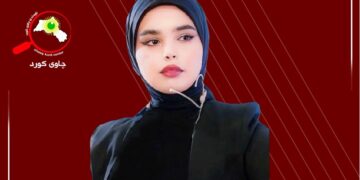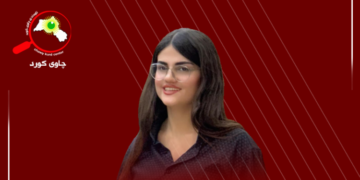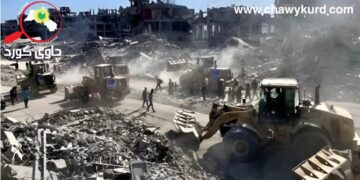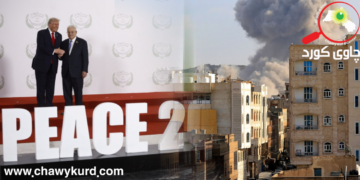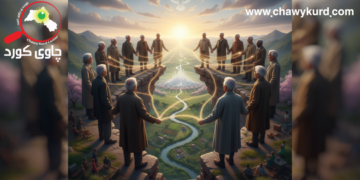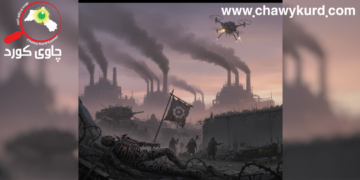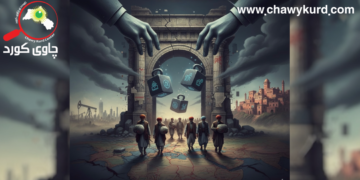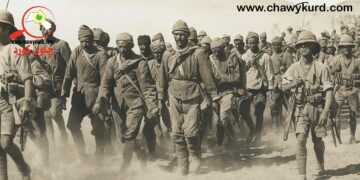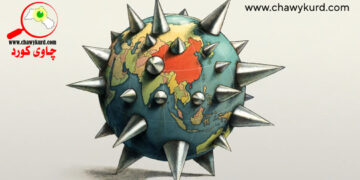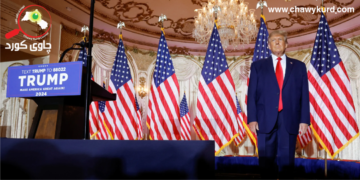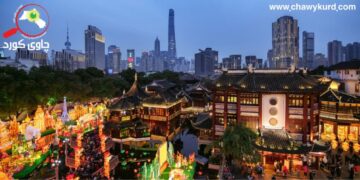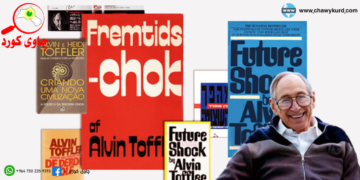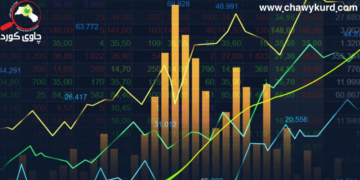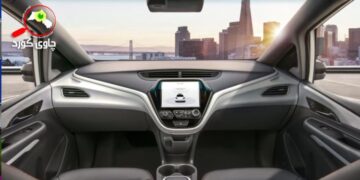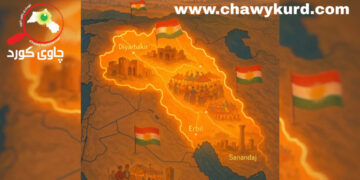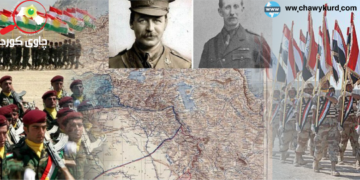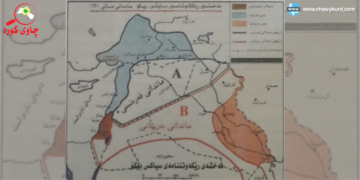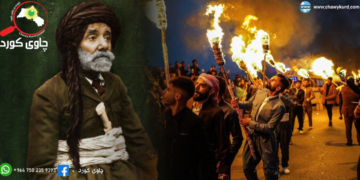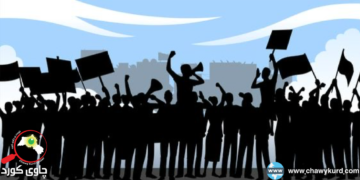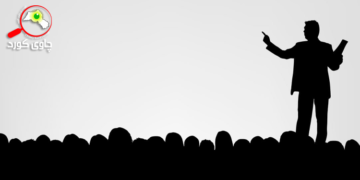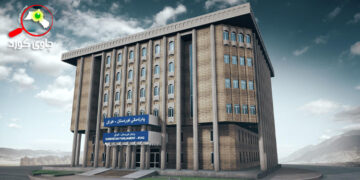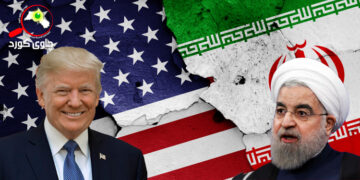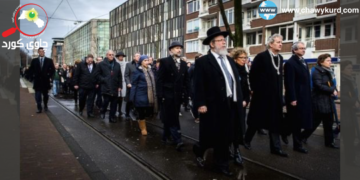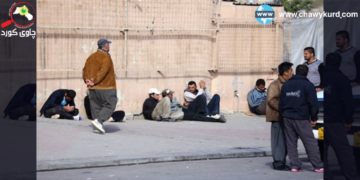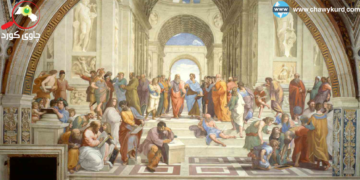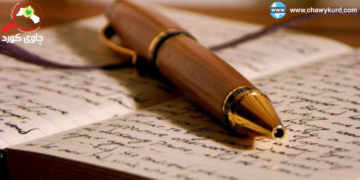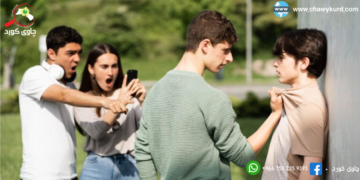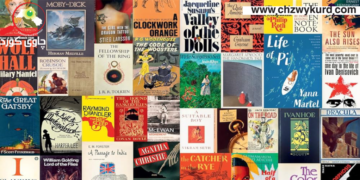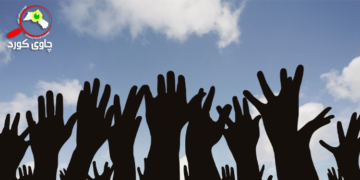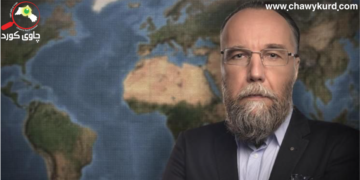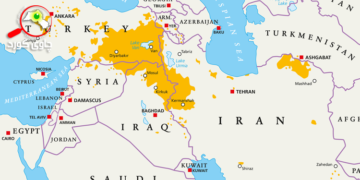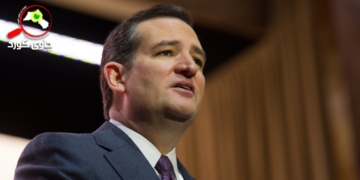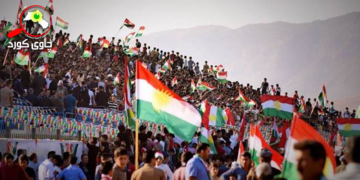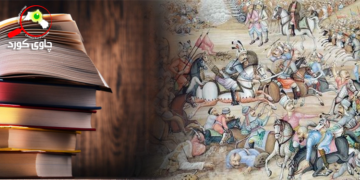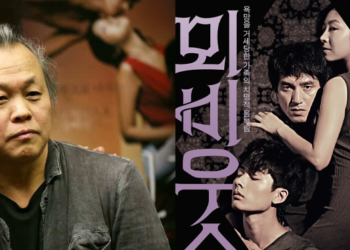A group of friends and I went to see Jason Reitman’s Up in the Air (2009) soon after it was released. Returning from the theatre, we discussed the movie; some of my friends liked it, some found it a bit slow, and others thought it was
a masterpiece. At one point, the discussion focused on the cinematography, and one of my friends recalled how brilliant the shot shown on the opposite page was. Regardless of our opinions on the film, we all agreed with him about how beautiful and meaningful that shot had been. Interestingly, we could recall everything about this shot clearly: its composition, when it had happened in the film, and most importantly why it was such a great shot. While there were many other interesting shots and moments in the film, there was something particularly special about this shot that really resonated with all of us, regardless of how we felt about the film as a whole. What was it? Was it the composition of the shot? The acting? Or was there something else that made this shot so memorable?
To understand why this shot works so well, we need to know a bit about the context in which it appears. Natalie (Anna Kendrick), is a corporate up and comer who devises a way to fire employees remotely using webcams, saving her company (a professional corporate termination service) a lot of money spent flying their specialists to companies who need their services. Ryan (George Clooney), a senior firing specialist who is dubious of a system that precludes all real human contact, questions its soundness. Their boss promptly puts Ryan in charge of Natalie’s education, and the two are sent out as a team, so Natalie can experience firsthand firing someone face to face. After a heart-wrenching montage of employees reacting to the news of their firing, the film cuts to a shot of Natalie sitting alone in a room full of empty office chairs as she waits for Ryan. When he arrives to pick her up he asks her if she is OK, but she shrugs off the question, and they leave together. Now that we know the backstory of the shot, we can better understand what makes it work so well. In terms of its composition, the shot does not appear to be particularly complex. It looks like a simple wide shot of Natalie surrounded by empty office chairs. If we look closer, however, and break down the shot into its visual elements, the rules of composition used to arrange them in the frame, and its technical aspects, a more complex picture emerges, literally.
The use of a long shot (a shot that includes a subject’s entire body and a large portion of their surrounding area) allowed the inclusion of a lot of chairs clustered around Natalie, emphasizing the large number of people she fired on that day, and makes her look small and lonely in the frame. The slight high angle also creates a composition that makes the empty chairs easy to see; if the shot had been taken at her eye level, for instance, most of the chairs would have been blocked from sight by the ones in the foreground. The high angle also makes Natalie look defeated, vulnerable, and distraught (high angles are often used to convey these emotions in characters). Natalie’s placement in the frame follows the rule of thirds, creating a dynamic composition that gives her viewing room on the side of the frame she is facing; more importantly, this placement also makes it look as if the chairs were pushing her into a corner, physically and emotionally (placing her at the center of the composition would not have conveyed this idea). The camera to subject distance/ aperture combination resulted in a shot with a deep depth of field, preventing us from concentrating our attention solely on her and ensuring that the chairs are as significant to our understand of this shot as she is (the filmmaker could have used a shallow depth of field, isolating her in the composition). All of these compositional decisions convey a very specific idea regarding how Natalie really feels at that moment, regardless of what she tells Ryan when he picks her up. The composition of this shot tells the audience that behind the corporate, no-nonsense exterior she projects, she hides an emotional side of her personality, one that is affected by the real human fallout of her profession. But the beauty and dramatic weight of this shot is not the result of simply applying the rules of composition; this shot works as well as it does because its technical elements, compositional choices, and narrative context, all work in concert to create meaning. The shot made a strong and lasting impression on my friends
and me because it was not just visually striking, but more importantly, narratively resonant and eloquent.
This book presents an integrated approach to understanding and applying the rules of cinematic composition, one that takes into account the technical and narrative aspects that make shots like the example from Up in the Air so powerful. This new approach provides a deep and discursive exploration into one of the fundamental elements of the visual language of cinema- the shot. By focusing on the rules of cinematic composition as they apply to each of the most widely used shots of the cinematic vocabulary, examining the tools and know-how necessary to create them, and analyzing each shot’s narrative function within their respective films, a clearer picture emerges about what it takes to create images that are visually compelling and narratively meaningful. But why focus on the rules of composition as they apply to specific shot types instead of looking at these principles in a broader, more general sense, as they can be applied to any visual composition? The answer is simple. As the language of cinema developed, certain rules of composition have become standardized in the way they are applied to certain shots, just like some technical conventions (regarding the use of lenses and depth of field, for instance) are more commonly found in certain shots and not others. These technical and visual conventions are intricately connected to narrative conventions, which over time have linked key moments in a story with the use of particular shots. A detailed analysis of how these visual, technical, and narrative conventions apply to each specific shot type can reveal the mechanics that contributed to their becoming conventions in the first place.
Another concept this book proposes is that the rules of cinematic composition are not written in stone. The socalled rules are remarkably flexible and can be subverted when appropriate, creating shots that have a fresh impact and resonate in surprising or even contradictory ways. For this reason, every shot analyzed includes an example where the rules were broken, yet made to work in creative, unexpected, and narratively compelling ways. You will find that the old adage “learn the rules so you know how to break them properly” works just as advertised.

The integrated approach of this book and its specific focus on the basic building blocks of the cinematic vocabulary preclude a comprehensive discussion of every possible concept and technical aspect related to visual composition. However, you will find a number of essential terms related to composition and cinematography in bold in most chapters. These frequently used terms are defined in the Principles of Composition and Technical Concepts chapter. If you wish to develop a more encyclopedic understanding of every concept and rule however, you should consider other sources that deal with visual composition as a comprehensive subject. I highly recommend Bruce Block’s The Visual Story: Creating
the Visual Structure of Film, TV, and Digital Media, also published by this press; it is a well illustrated, insightful look at visual composition that covers both basic and advanced components. For a solid guide to the technical aspects of film and video production, I recommend a book I was lucky to work on as an illustrator, written by my friend, mentor, and colleague Mick Hurbis-Cherrier, titled Voice & Vision: A Creative Approach to Narrative Film and DV Production, also published by this press. In many ways, The Filmmaker’s Eye was inspired by the integrated approach Voice & Vision uses to cover every technical, aesthetic, narrative, and logistical aspect of film and video preproduction, production, and post production to develop the creative vision of the filmmaker.
The Filmmaker’s Eye takes a new approach to understanding the rules of cinematic composition (and how to break them) and to using them to move beyond basic utilitarian narrative conventions. This is most definitely not a “paint by the numbers” approach to cinematic composition; you should not be subservient to the dictates of a technique, but make the technique work for the specific needs of your story instead. The aim is to make you aware of the tonal impact and thematic resonance that is possible with a more complete understanding of the role each shot plays in the larger narrative and thematic scheme of your story. This comprehensive and integrated conceptualization of every shot in your film is essential to truly harness the power of this art form and connect with the audience. I hope the chapters in this book will inspire you to think about your shots in this more dynamic way the next time you set up the camera and get ready to frame your next shot. Good luck


